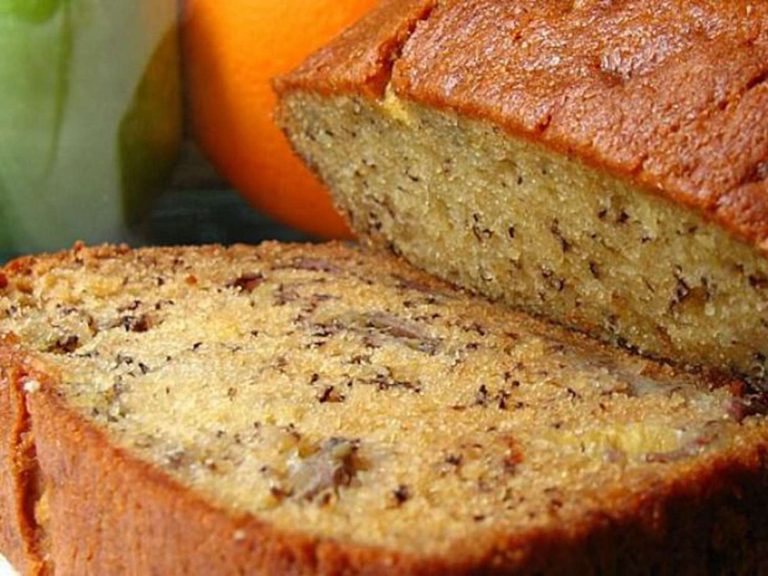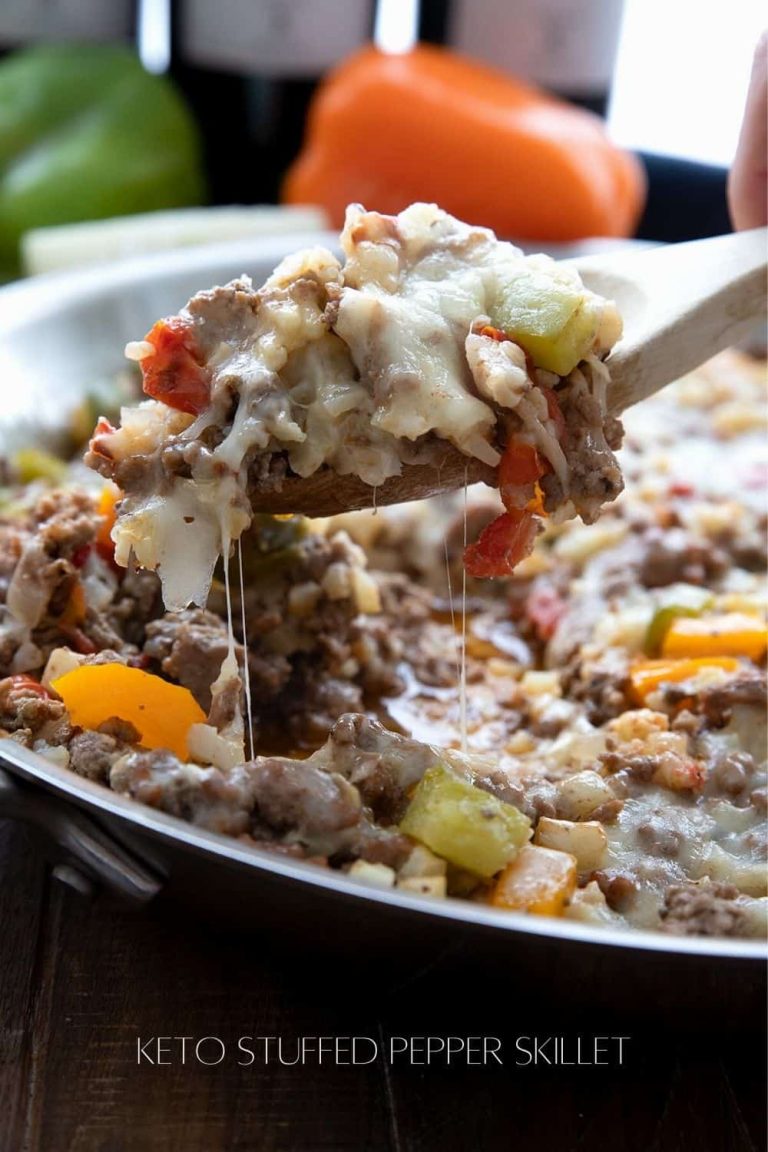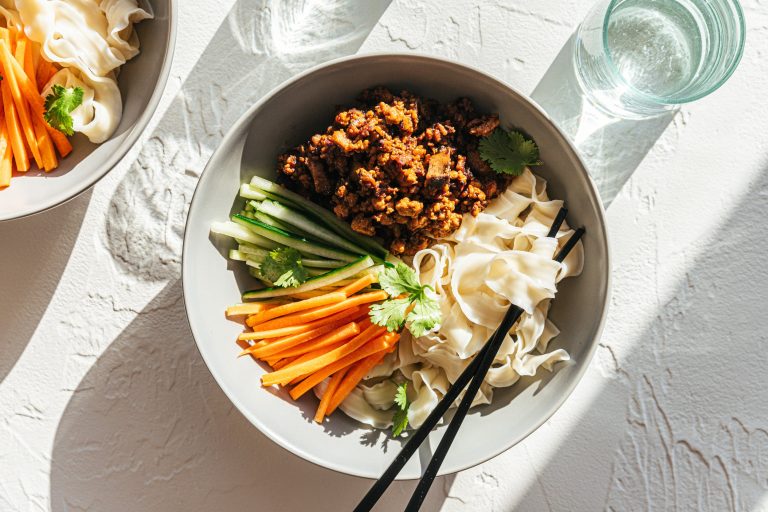Chow Mein With Chicken and Vegetables: Recipe, Tips, and Pairings
Chow Mein traces its roots to China, where it means “stir-fried noodles.” It’s a popular dish in many cultures due to its adaptability. Western countries have embraced it, making it a staple in Chinese-American cuisine. Its popularity stems from the quick preparation time and the balanced combination of protein, vegetables, and noodles.
Key Ingredients
To make Chow Mein with chicken and vegetables, you’ll need several essential ingredients:
- Chicken: Boneless, skinless chicken breast or thighs
- Noodles: Fresh or dried chow mein noodles
- Vegetables: Bell peppers, carrots, cabbage, and green onions
- Sauce: Soy sauce, oyster sauce, and sesame oil
- Aromatics: Garlic and ginger
Fresh ingredients ensure optimal flavor and texture. The sauce serves as the primary flavor profile, complementing the tender chicken and crisp vegetables.
Cooking Techniques for Perfect Chow Mein
Cooking the Noodles
For perfect chow mein, cook the noodles until they’re just tender but not mushy. Boil them in salted water for 3-5 minutes, depending on the type. Rinse under cold water to stop further cooking and set aside. Ensure the noodles are well-drained before stir-frying to prevent them from becoming soggy.
Stir-Frying the Ingredients
Stir-frying requires high heat and quick movements. Heat a wok or large skillet over high heat until it’s almost smoking. Add oil, then add the chicken. Cook until browned and fully cooked through, approximately 5-7 minutes. Remove and set aside. Next, add more oil if needed and stir-fry the vegetables like bell peppers and carrots for 3-4 minutes until they’re crisp-tender. Return the chicken to the wok, add noodles and sauce, and stir-fry everything together for 2-3 minutes until well-coated and heated through. Serve immediately for the best flavor and texture.
Health Benefits and Nutritional Value
Caloric Content
Chow Mein with chicken and vegetables offers a balanced caloric content. A standard serving size (1 cup) contains approximately 200-250 calories. The calorie distribution is balanced between protein, carbohydrates, and healthy fats. Chicken provides lean protein that helps build and repair tissues. Noodles contribute complex carbohydrates, offering sustained energy throughout the day. Stir-fried vegetables add minimal calories but provide essential nutrients and fiber.
Nutrients in Ingredients
Each ingredient in Chow Mein with chicken and vegetables offers significant nutritional value:
- Chicken: High in protein, low in saturated fats, and contains essential amino acids.
- Noodles: A source of complex carbohydrates, vitamins B6 and B12, and dietary fiber.
- Bell Peppers: Rich in vitamins A, C, and K, along with antioxidants and fiber.
- Carrots: Deliver ample vitamin A, beta-carotene, potassium, and fiber.
- Onions: Provide vitamin C, B vitamins, and beneficial sulfur compounds.
- Sauce: Depending on the composition, can add sodium, but also introduces umami flavors.
The combination of these ingredients makes Chow Mein with chicken and vegetables not only delicious but also nutritionally robust. By incorporating a variety of vegetables and lean protein, this dish supports a well-rounded diet.
Variations of Chicken and Vegetable Chow Mein
Regional Variations
Many regions offer unique takes on chicken and vegetable chow mein. In Cantonese cuisine, chow mein is stir-fried with a light sauce, maintaining a crispy texture for the noodles. In contrast, American-Chinese versions often incorporate a thicker, flavorful sauce that integrates well with softer noodles. Sichuan-style chow mein includes spicy peppers and garlic, adding a distinctive heat to the dish. Each version, whether from Hong Kong, Taiwan, or the US, reflects local ingredients and culinary preferences, offering diverse flavor profiles.
Personalizing the Recipe
Customization lets you tailor chow mein to your preferences and dietary needs. Vegetarians can swap out chicken for tofu or tempeh, retaining the dish’s protein content. Gluten-free enthusiasts replace regular noodles with gluten-free alternatives or rice noodles, ensuring dietary compliance without sacrificing taste. Incorporating different vegetables, like snap peas, baby corn, or bok choy, adds variety and nutritional benefits. Adjusting the sauce’s sweetness, saltiness, or spice levels fine-tunes the dish to match your palate perfectly.
Serving and Pairing
Ideal Side Dishes
When serving Chow Mein with Chicken and Vegetables, selecting the right side dishes enhances the dining experience. Steamed or fried dumplings fit well, offering a savory contrast. Egg rolls with crisp wrappers complement the noodles’ softness. Light soups, such as miso or hot and sour soup, provide a flavorful starter. If you prefer greens, a side of steamed broccoli or bok choy adds nutrition and texture.
Complementary Drinks
Choosing the right drinks to pair with Chow Mein completes the meal. Green tea provides a refreshing and palate-cleansing experience. Light beers, like a lager or pilsner, enhance the dish’s flavors. For non-alcoholic options, sparkling water with a slice of lemon complements the meal nicely. If you prefer something sweet, a glass of chilled jasmine tea adds a pleasant floral note.
Conclusion
Chicken and Vegetable Chow Mein isn’t just a delicious dish; it’s a versatile meal that can be tailored to fit various tastes and dietary preferences. By focusing on fresh ingredients and flavorful sauces, you can create a nutritious, balanced meal that’s both satisfying and healthy. Pair it with the right sides and drinks to elevate your dining experience. Whether you’re cooking for yourself or hosting a dinner, Chow Mein with chicken and vegetables is sure to impress. So, gather your ingredients and get ready to enjoy a delightful and wholesome meal.






